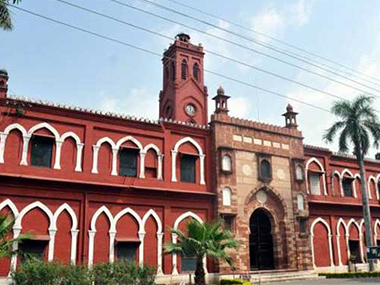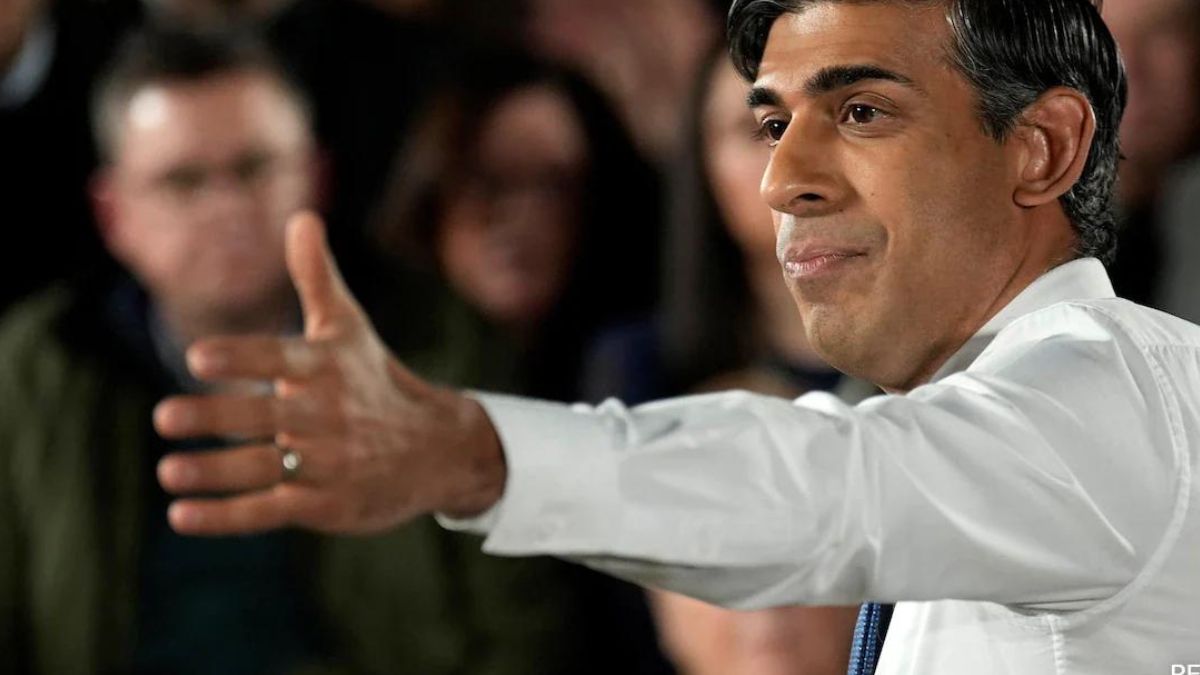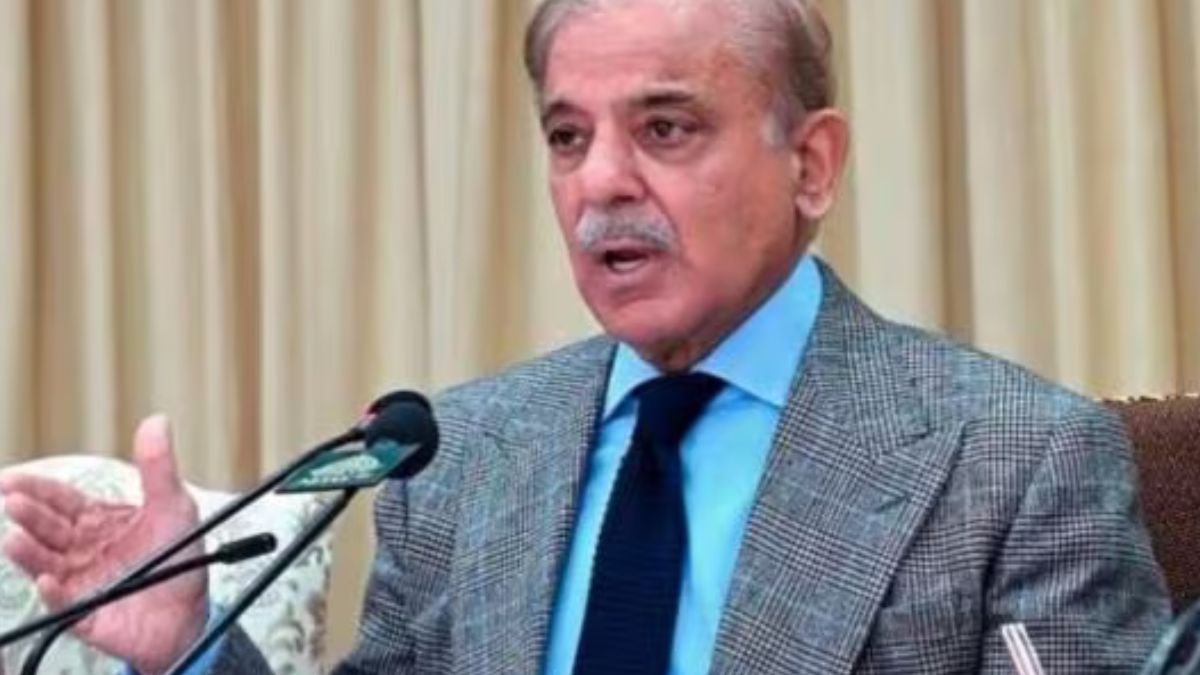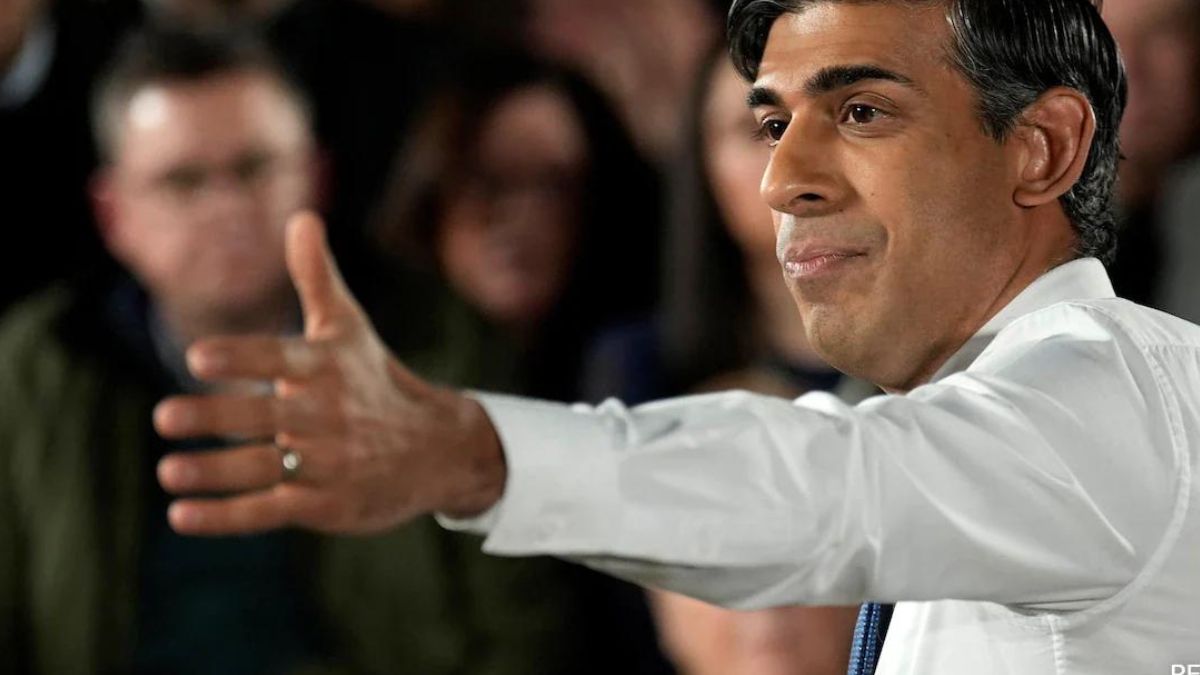Editor’s note: Uttar Pradesh is home to India’s sixth largest Muslim population according to the 2011 Census, a figure whose magnitude is amplified when viewed in the context of the sheer expanse of the state and its Byzantine linkages of identities and communities. Such an examination is rendered all the more urgent considering Uttar Pradesh is now in the thick of a tumultuous election. To understand the mind of its Muslim community — its anxieties, aspirations and animating impulses — political commentator and journalist Tufail Ahmed set off on the road, sending us dispatches from its far corners. Firstpost will chronicle his travels in a multi-part series. The following is the third part of this series titled ‘ Travels of a political pilgrim ’.
On revisiting the Aligarh Muslim University (AMU) after a gap of 25 years, the first thing that struck me – at the Faculty of Arts and elsewhere on the campus – was that in every classroom, there were students wearing burqas and skullcaps.
In the late-1980s, when I studied there, no girl would be seen wearing a burqa or a boy donning a skullcap. The sociological shift indicates that at some point, from the 1990s onwards, religiosity became overtly significant in the lives of the university students. This growing religiosity is part of the trends among Muslims in India and abroad.
Clothes are not, sometimes, just clothes. Burqas are ideas. These ideas have their own autonomous trajectories. At the Maulana Azad Library – one of the largest libraries in Asia, which is open till 2 am – students started offering prayers in the corridors some years ago, forcing the university officials to informally designate a separate room for prayers within the library.
Later, to accommodate the religious needs of burqa-wearing students, they designated two separate reading rooms at the library for female students; though these students are allowed to sit anywhere in the library, alongside male students, and some of them do so.
Aftab Alam, a professor at the political science department, sees something positive in this trend. “Earlier, too, girls would be present in class, but would sit separately from boys and they wouldn’t talk. Now, there is growing mixing between boys and girls. Burqa-wearing girls can be seen talking to boys freely,” he says.
However, Alam notes that the AMU campus has its own mazaj (character), which reflects a mix of tradition and modernity. “This campus will live with this challenge,” he says. If AMU founder Sir Syed Ahmad Khan’s objective was to provide modern education and inculcate liberal temperament among Muslims, the overt religiosity on its campus is indeed posing a serious challenge to the university’s intellectual environment.
In this regard, it is pertinent to discuss the role of a Bridge Course introduced at the university – a one-year course in which students from madrassas are enrolled to study English and social sciences. Rashid Shaz, a former member of the now-banned radical group Students Islamic Movement of India (SIMI), runs the Bridge Course, where guest lecturers are also invited.
There are also courses on inter-faith and intra-faith subjects such as doctrinal differences between Muslim sects, but these courses are exclusively taught only by Rashid Shaz, whose radical books in Urdu are well known. I am left wondering if the teachings on inter-faith and intra-faith by the former SIMI member could be any different from the teachings of Zakir Naik, the televangelist Islamic preacher now facing the brunt of a crackdown for radicalising Muslims.
“This course has brought a change in my thinking,” says Israr Ali, formerly a student of Jamia Arafia madrassa at Ser Sarawan near Allahabad. After completing the Bridge Course, Ali is now enrolled in a Bachelor of Social Work course. Coming from a madrassa background, this is a big experience in his outlook, but he is young. Talking about backwardness among Muslims, he tells me what is normally taught to other Muslims too: “Muslims should have a political platform.”
On being asked what would happen if Hindus, Christians and other religions too started having their own political platform or a political party, Israr Ali responds: “Sir, hum siyasi platform ki baat naheen karte, lekin Hindustan mein Musalmanon ka jo istahsal ho raha hai, aisi halat mein hum kya karein (Sir, I wouldn’t talk of a political platform. But in the face of the discrimination Muslims have been facing in India, what can we do?”
It seems like the Bridge Course, though a good initiative on paper for integrating madrassa students into the educational mainstream, is diluting the character of AMU. With regard to the role of the Bridge Course, Irfan Habib, a professor emeritus at the history department, says, “AMU is divesting itself of its modern character.”
There is a concern that after completing the one-year Bridge Course, madrassa students become eligible as “internal students”, giving them preference in admissions to further courses at AMU. “If you take 20 percent Muslims from madrassas, then the AMU is still pushing 20 percent Muslims (who could potentially enroll here) to go elsewhere,” Habib says, arguing against the belief that the Bridge Course is helping Indian Muslims.
There are concerns over the course because these madrassa students have not studied non-Islamic subjects such as geography, mathematics, social and physical sciences and therefore, in the coming decade, the course will truly transform the character of AMU on a religious path.
This process contradicts another process that was introduced in AMU soon after Independence. Habib reminds that the government of the newly independent India ordered AMU that it could no longer deny female students admissions into postgraduate courses. Until then, the female students studied at the university’s separate women’s college till graduation and were not allowed into postgraduate courses on the main AMU campus. Shireen Moosvi, a retired professor of history at AMU, notes that the Bridge Course is also degrading the academic standards of AMU.
Some professors argue that the rise of burqas and skullcaps on the AMU campus is identity assertion. For this, they cite the demolition of Babri masjid and discrimination against Muslims. However, this religiosity is part of a global phenomenon, not limited to the Ayodhya issue.
Habib notes that when he was at Oxford University in the 1950s, frock-wearing girls from Pakistan would mock Indian girls for being orthodox. Religiosity has grown everywhere, not just in India and Pakistan, but in other parts of the world as well. Religiosity is also growing among Hindus. In the life of societies, ideas, whether good or bad, are essentially consequential, whether or not we want them.
The rise of burqas has led to demand for separate reading rooms at the library. After passing out from the Bridge Course, Ali now thinks of a separate political party. In the 1930s and 1940s, there was a demand for a separate territory for Muslims, ultimately leading to the creation of Pakistan.
Nowadays, Brigadier (Retired) Syed Ahmad Ali, the pro-vice chancellor of AMU, is leading a campaign for separate reservation for Muslims in educational institutions in India. He is not telling Muslims, however, that the OBCs among Muslims already come under the reservation umbrella. He is not asking for reservation for the backward groups among Muslims, but for anyone who believes in Islam. Muslims want everything separate because this is what Islam leads them to.
If the rise of the burqa at AMU has led to a demand for separate rooms for female students, the logical consequence will be that even non-burqa wearing female students may not be permitted, socially not legally, to sit alongside boys at the library in coming decades. It is part of a movement of ideas rooted in Islam.
An example is Iran, where skirt-wearing Iranian women were forced to wear burqas overnight by the theocratic regime of Ayatollah Khomeini, following the 1979 Islamic Revolution. On a recent visit to Tehran, India’s external affairs minister Sushma Swaraj too had to comply by wearing a chador, or burqa.
On the AMU campus, some teachers proudly told me that many Hindu girls are also wearing burqas, though for different reasons.
I asked Abdul Waheed, a professor at the sociology department, to tell me where this rise of burqas and skullcaps on AMU campus will lead to. Waheed cites historical studies, noting that during the Khilafat Movement in the 1920s, for restoration of the Turkey-led Islamic caliphate, Indian society witnessed the rise of beards and caps but adds that these disappeared after the Partition.
It is worth mentioning that it was on the AMU campus that the Pakistan Movement was born, because it was here that highly educated Muslims had coalesced together, ultimately forcing the demand for a separate territory for Muslims. Waheed’s words, that the beards and caps disappeared after the Partition haunt me, as I am left wondering if the rise of burqas and skullcaps on AMU campus will disappear after another Partition, which need not be territorial in nature.
Part One: Separatism and integration among Muslims in the time of Uttar Pradesh elections
Part Two: Secularism versus communalism at election time
Part Four: Should taxpayers be funding AMU’s imams, muezzins, theology department?
Part Five: How bridging religious, worldly knowledge gap can reform Muslim education
Part Six: Be it Kairana, Muzaffarnagar or Aligarh, India is headed towards multiple ‘Partitions’
Part Seven: Tracing the rise of Barelvi Islam in Indian politics
Part Eight: Farangi Mahal, once a bastion of Islamic education, looks to regain lost glory
Part Nine: Understanding the Shia-Sunni Muslim divide in the country
Part Ten: Government must address ‘minority’ syndrome which causes social conflict
Part Eleven: Mubarakpur sits at the junction of Islamic doctrinal sects divided by Taqleed
Part Twelve: Madrassas play key role in inducing orthodoxy among Azamgarh’s Muslims
The author, a former BBC journalist, is a contributing editor at Firstpost and executive director of the Open Source Institute, New Delhi. He tweets @tufailelif


)




)
)
)
)
)
)
)
)